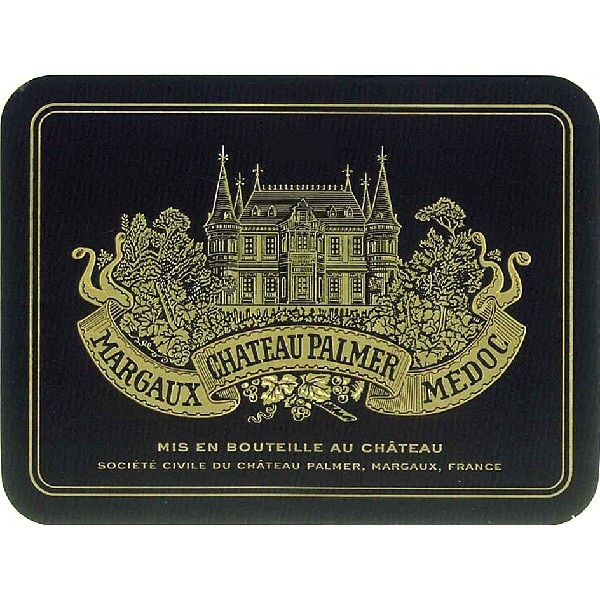Chateau Palmer
2014
Blend
49% Cabernet Sauvignon
45% Merlot
6% Petit Verdot
45% Merlot
6% Petit Verdot
Country
France
Region
Bordeaux
Appellation
Margaux
UPC
0 15643 46990 9
MISC
In 1814, General Charles Palmer purchased the wine estate of Madame de Gascq, and subsequently gave it his name. Two hundred years later, Chateau Palmer continues to write its own history from one vintage to the next. Early in the summer, the sun had played and endless game of hide-and-seek. But when the 2014 harvest ended on Tuesday, October 14, it was under the same glorious sun that we had enjoyed all throughout September. Everything had started quite well: a rainy winter had allowed the estate to renew its water reserves. In the spring, flowering went well, despite a few cases of poor fruit set among the older Merlots. At this point, we had high hopes for the quality of this new vintage. But beginning in July, the weather became unstable and the vines focused on their fine foliage, to the detriment of their grapes. The month of August wasn't much better,
veraison was slow and the berries began to swell... Luckily the sun finally returned at the end of August. Little by little, September's extraordinary weather conditions modified the profile of the 2014 vintage. The difference in veraison between the vines diminished and the size of the berries decreased, concentrating all the elements that make up this new vintage: sugar, anthocyanin and tannin levels all increased. On September 22, we harvested the first plot, beginning with some young Merlots. The particularly good weather allowed us to harvest perfectly ripe grapes, with no risk of botrytis. In the cellar, the spotlight was on innovation. After two years of experiments in reducing the level of sulfur in our wines, we decided to not add any sulfur to the harvested grapes to let them immediately express their complexity. At this stage the wines of
the 2014 vintage are an excellent reflection of the diversity of the estate's plots. Each personality is expressed in these two blends as if a veil had been lifted. It is without a doubt one of the first results of our biodynamic approach
